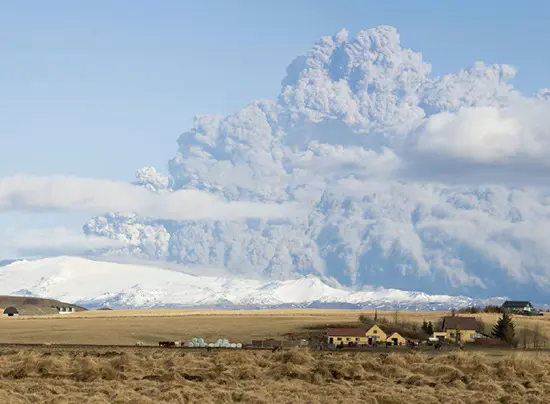In April 2010, the eruption of Iceland’s Eyjafjallajökull volcano, despite being rated a modest 4 on the Volcanic Explosivity Index (VEI), remarkably affected millions of people worldwide. Eyjafjallajökull, a stratovolcano formed from the mid-Atlantic ridge spreading center, is typically capped with snow and glaciers due to Iceland’s high latitude. This geographical feature played a crucial role in the eruption’s consequences.
The eruption’s interaction with ice led to intense steam explosions, propelling ash and tiny, sharp volcanic shards high into the stratosphere, reaching over 26,000 feet. The timing coincided with the eastward-flowing polar jet stream, which rapidly spread the ash across Europe, including Great Britain and Scandinavia.
The suspended ash, containing fine, glassy particles, posed a significant threat to aviation, leading to unprecedented disruptions. Over 100,000 commercial flights were canceled, impacting travel within and to/from Europe and North America for about eight days. The aviation industry faced immense challenges, with an estimated loss of $200 million per day.
Eyjafjallajökull’s eruption, while geologically modest, underscored the interconnected nature of our modern world. An estimated 10 million passengers had their travel plans upended, highlighting the profound effect even smaller-scale natural events can have on global mobility. Fortunately, there were no direct casualties, offering a silver lining to this unique volcanic event.

